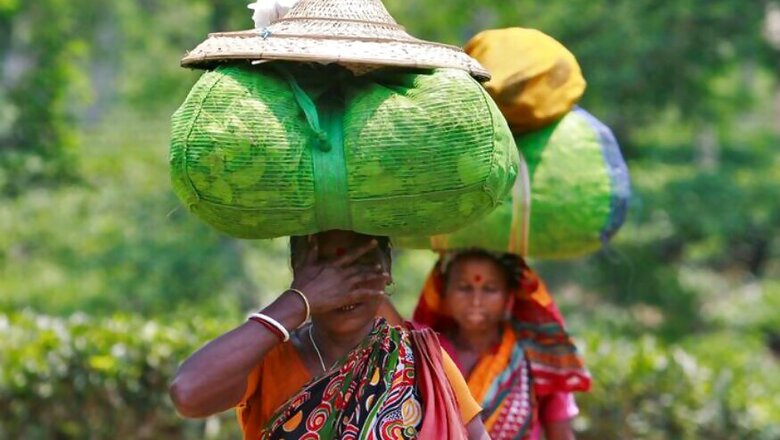
views
Rajya Sabha member Narendra Damodar Jadhav, who previously led economic research at the Reserve Bank of India tells News18.com that the Union Budget 2018-19 has done well in social sectors such as education and health, but has slipped on social protection. It’s ad hoc and has broken the linkage between benefits to SC/STs and the share of population.
Overall, the Union Budget is very good — prudent and pragmatic. In the social sector, it has given a good boost to education and a very good push to health, but has done rather poorly on social protection.
Before lauding the government on a good Budget, I would like to bring to your notice the way ad-hoc allocation has come to define Budget 2018-19 with regards to social protection.
I will go back to 1975-79 so far as the allocation for the Schedule Castes and Schedule Tribes is concerned. For a long time, there was an interesting program — the ‘SC Sub Plan’ and the ‘Tribal Sub Plan’ — in place as part of the government’s planned expenditure on the welfare of SCs and STs.
The sub-plans made sure that the expenditure on welfare of these vulnerable sections was at least equal to their share in population, both at the central government level and as well as in the states.
So if the SC population was 16.8% at the national level, then the expenditure on their welfare was supposed to be at least in proportion to the central government expenditure.
Never implemented fully, this plan was in action for a long time. But when distinction between plan and non-planned expenditure was abolished and the Five-Year Plan era was brought to an end last year, the government gave a burial to the SC/ST sub-plan.
Look at the allocation in the recent budgets — there has been a notable increase in the past few years, but this year the increase is incredibly low. The allocation in Union Budget 2018-19 has improved from Rs 52,719 crore in 2017-18 for SCs to Rs 56,619 crore — an increase of only 7.4%. And for the STs, it has gone up from Rs 32,500 crore to 39,135 crore.
This is worrisome as it has broken the linkage of allocation for welfare for SC/STs with their share in population, and embraced ad-hocism instead.
If we look at the social indicators for SC/STs and others, the gaps that exist are appalling. These gaps cannot be eliminated unless we spend larger proportion on SC/STs than their share in population. But we seem to be moving in the opposite direction.
Coming to the good work the Budget has done, the government has finally given the farmers what was long overdue — the rise in MSP vis-à-vis their cost of production. There is not much for the middle class, and on the top of that they have to pay 1% more education cess, but it is seemingly for a good cause.
The government has come up with the largest healthcare scheme in the world with the National Health Protection Scheme and Ayushman Bharat, taking healthcare closer to the doorsteps of the people.
Education got a boost with investments in research and infrastructure in premier educational institutions, including health institutions. It has proposed to launch a major initiative named ‘Revitalising Infrastructure and Systems in Education (RISE) by 2022’ with a total investment of Rs Rs 1,00,000 crore in the next four years.
Considering all this and the fact that it is the last Budget of the government before it goes to polls in 2019, the Union Budget did not indulge in brazen populism. Instead, the Union Budget 2018 is a prudent mix of social, economic and political considerations.
(As told to Eram Agha)



















Comments
0 comment